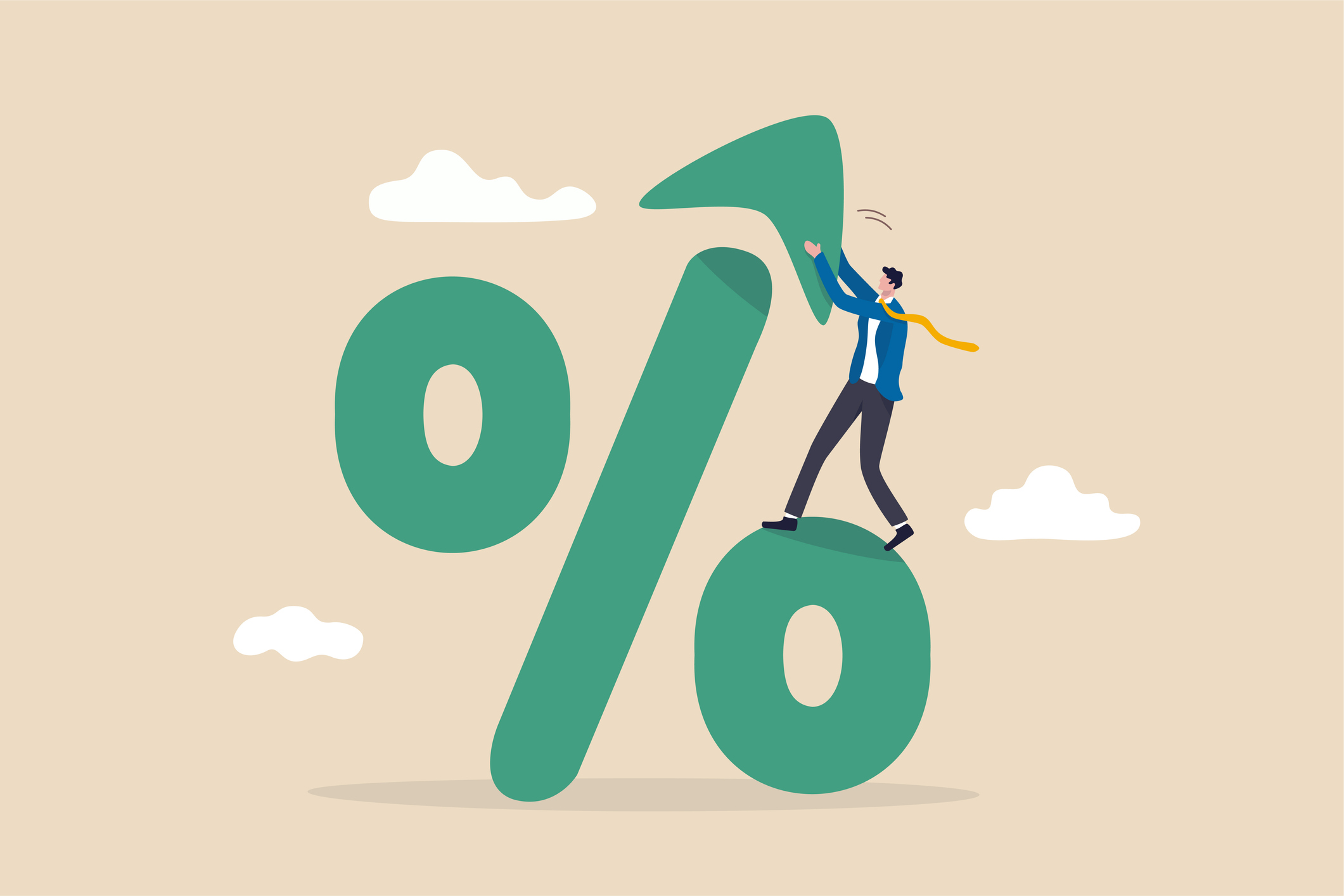The announcement that the inflation rate remained unchanged will, however, not save consumers from a hefty repo rate increase.

Image: iStock
Inflation hasn’t run away from us yet, but the Statistics SA announcement on Wednesday that the inflation rate stayed unchanged at 5,9% in April compared to March will increase the repo rate, according to economists.
Economic research group Oxford Economics Africa says although price pressures increased in recent months, high inflation has not been a major headache for South African policymakers when compared to advanced economies.
The group expects inflation to average 5.9% this year compared to 4.5% in 2021.
“Although headline inflation has stayed above the midpoint of the South African Reserve Bank’s (Sarb) inflation target band of 3%-6% for the twelfth consecutive month, it has not breached the upper bound since March 2017.”
They point out that elsewhere in the world countries and advanced economies in particular, are grappling with multi-year high inflation.
“We expect domestic inflation to push higher and continue to believe that it will pierce the upper end of the inflation target band in May.”
ALSO READ: Inflation remains at 5.9% in April, with food and transport costs causing concern
Pile on the petrol price
Oxford Economics Africa says the Rand specifically suffered a sharp depreciation towards the end of April, plunging to its weakest level since November 2021 in May.
Add to this the fact that crude oil prices continue to trade at elevated levels, and that the R1.50 fuel levy is set to be restored at the end of May, and it implies that a substantial fuel price increase is on the cards for June.
Therefore, the group expects the annual CPI to peak at the end of the second quarter and moderate gradually thereafter.
“The Sarb’s monetary policy committee (MPC) will only meet once in the second quarter and we think the May meeting is well timed for a larger interest rate increase of 50 basis points, compared to the incremental 25 basis points members opted for in recent years.”
The group emphasises that South Africa is not experiencing runaway inflation and that leaves breathing room to follow a gradual hiking cycle. Looking further ahead, Oxford Economics Africa expect that consumers will continue to experience high living-cost pressures.
Luigi Marinus, portfolio manager at PPS Investments, says although inflation remained within the target band, it marks a year since it was recorded below the midpoint.
“As inflation increased across the globe, South Africa has not been immune.
“The Sarb has been ahead of the curve by increasing interest rates although inflation remained within the target band, but the recent US rate hike and expectation of further hikes is likely to be included in the SARB’s deliberations which is likely to result in further interest rate increases in South Africa too.”
ALSO READ: Load shedding, Covid, floods, make Rand world’s worst performing currency
No runaway inflation
Marinus says until now the Sarb has done well to keep CPI at a reasonable level and even if it does breach the top end of the band, runaway inflation seems unlikely thanks to the Sarb’s active approach.
Chifi Mhangom chief economist at the Don Consultancy Group, says although inflation is unchanged, undercurrent pressures remain elevated, as depicted in high food and transport costs.
He also points out that the annual headline inflation rate across the globe remains elevated as well in countries such as the US, where the annual inflation rate slowed to 8.3% in April from a 41-year high of 8.5% in March.
“The inflation rate in the US is unlikely to fall to pre-Covid levels any time soon and will remain above the Fed’s 2% target for a long time as supply disruptions persist, with energy and food prices remaining elevated.”
The annual inflation rate in the Euro area is also rising to a fresh record high of 7.5% in April from 7.4% in March, as the war in Ukraine and sanctions on Russia continue to push up the prices of commodities. The inflation rate is now more than three times above the ECB target of 2%, he says.
ALSO READ: UK’s Johnson promises action on soaring cost of living
Inflation in other countries
“Among the BRICS countries, China’s annual CPI accelerated to 2.1% in April 2022 from 1.5% in March, the highest reading since November 2021, amid logistic disruptions caused by strict Covid measures.
“Prices of food increased for the first time in five months, with the rate of inflation of 1.9%, and the highest since October 2020.”
The annual inflation rate in Brazil has increased to 12.13% in April from 11.3% in March, marking the eighth consecutive month of double-digit inflation rates and the highest since October 2003. Russia’s annual inflation rate climbed further to 17.8% in April from 16.7% in March 2022, the highest reading since January 2002.
CPI in India rose to 7.8% in April, the highest since May 2014, with food inflation accelerating for the seventh straight month to a new high of 8.4% since November 2020.
Mhango says as the inflation rate continues to increase, advanced economies are taking a more restrictive approach towards monetary policy by hiking interest rates, such as the Federal Reserve in the US that increased the target for the fed funds rate by half a point to 0.75%-1% during its May meeting.
This was the second consecutive rate hike and the highest rise in borrowing costs since 2000, with the central bank warning of further 50 basis points hikes in the next couple of meetings.
“We are expecting a similar approach from the Sarb amid soaring inflation.”
Download our app




